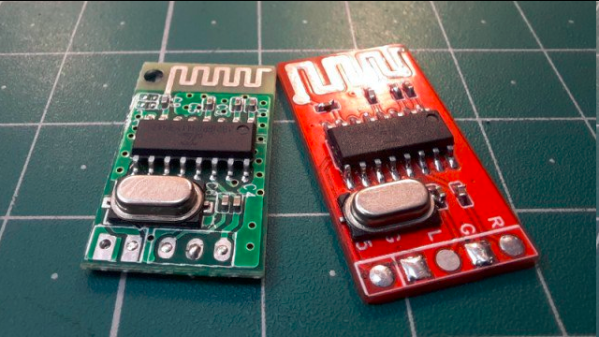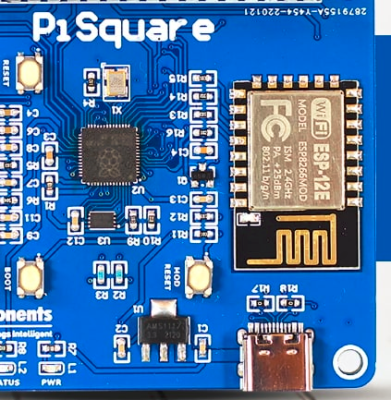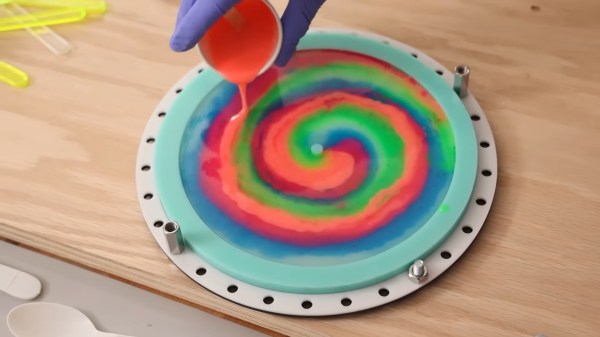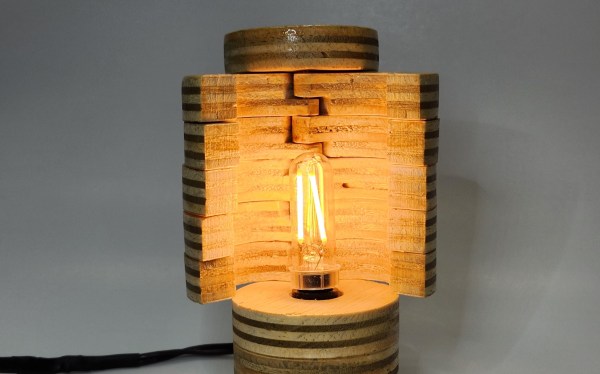We take advantage of a variety of devices in our day-to-day life, and we might treat them as just pieces of hardware, elements fulfilling a certain purpose — forgotten about until it’s time to use them. [Jasmine Lu] and [Pedro Lopes] believe that these relationships could work differently, and their recent paper describes a wearable device that depends on you as much as you depend on it. Specifically, they built wrist-worn heart rate sensors and designed a living organism into these, in a way that it became vital to the sensor’s functioning.
The organism in question is Physarum polycephalum, a slime mold that needs water to stay alive and remain conductive — if you don’t add water on a regular basis, it eventually dries out and hibernates, and adding water then will revive it. The heart rate sensor’s power rail is controlled by the mold, meaning the sensor functions only as long as you keep the mold alive and healthy. In their study, participants were asked to wear this device for one-two weeks, and the results go way beyond what we would expect from, say, a Tamagotchi — with the later pages describing participant reactions and observations being especially impressive.
For one, the researchers found that the study participants developed a unique sense of connection towards the slime mold-powered device, feeling senses of responsibility and reciprocity, and a range of other feelings you wouldn’t associate with a wearable. Page 9 of the paper tells us how one participant got sick, but still continued caring for the organism out of worry for its well-being, another participant brought her “little pet mold friend” on a long drive; most participants called the slime a “friend” or a “pet”. A participant put it this way:
[…] it’s always good to be accompanied by some living creature, I really like different, animals or plants. […] carrying this little friend also made me feel happy and peaceful.
There’s way more in the paper, but we wouldn’t want to recite it in full — you should absolutely check it out for vivid examples of experiences that you’d never have when interacting with, say, your smartphone, as well as researchers’ analysis and insights.
With such day-to-day use devices, developing a nurturing relationship could bring pleasant unexpected consequences – perhaps, countering the “kept on a shelf since purchase” factor, or encouraging repairability, both things to be cherished. If you’ve ever overheard someone talking about their car or laptop as if it were alive, you too might have a feeling such ideas are worth exploring. Of course, not every device could use a novel aspect like this, but if you wanted to go above and beyond, you could even build a lamp that needs to be fed to function.
Continue reading “What If Your Day-To-Day Devices Were Alive?”


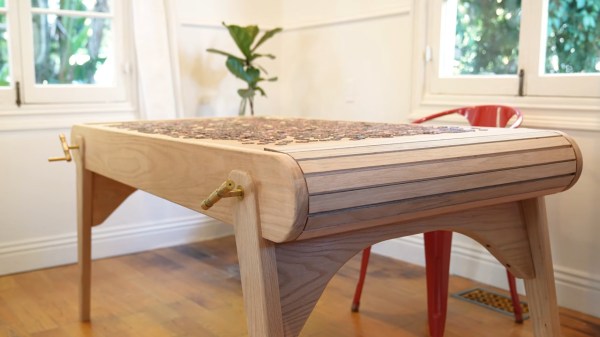

 None of the things she shows exist in real life, some regretfully and some thankfully so, but that’s not the first thing on your mind when you stumble upon
None of the things she shows exist in real life, some regretfully and some thankfully so, but that’s not the first thing on your mind when you stumble upon 